If you’ve ever shared your home with a guinea pig or hamster, you know they have a unique way of connecting with the world. These small pets may not speak your language, but their quirky behaviors hold a treasure trove of communication cues. From endearing squeaks to curious nudges, your pint-sized companion is always saying something. Here are 13 fascinating behaviors these critters use to communicate with you, and what they’re trying to convey.
1. They Do the Popcorn Dance
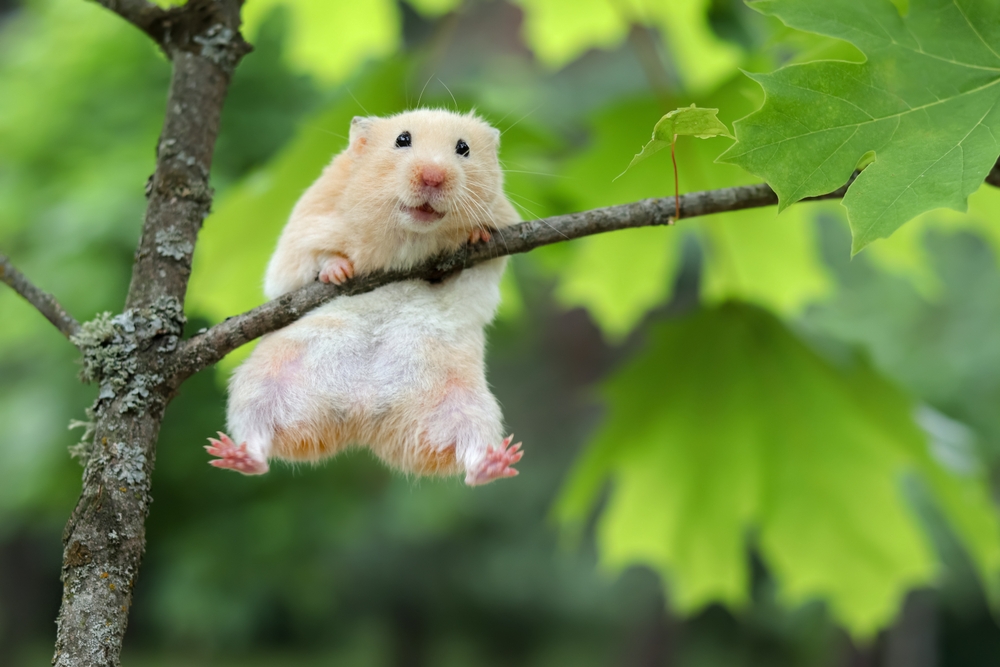
Guinea pigs have a delightful habit called “popcorning,” in which they leap into the air and twist their bodies. This display is typically a sign of happiness or excitement. Watching your furry friend randomly jump around might look chaotic, but it’s their way of expressing pure joy. Imagine them caught in a moment of sheer bliss, just as you might jump for joy when something extraordinary happens.
According to a study by the University of Liverpool, popcorning is more prevalent in younger guinea pigs, as they tend to have more energy. However, even older guinea pigs will occasionally indulge in this behavior when they’re particularly content. It’s an amusing way they let you know they’re pleased with the environment you’ve provided. So, if you see your guinea pig popping around, take it as a compliment to your pet care skills!
2. They Let Off High-Pitched Squeaks
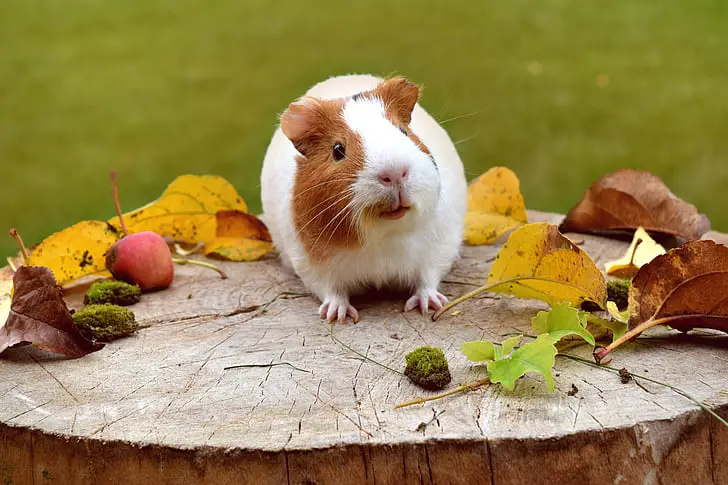
Your guinea pig’s squeaks can mean different things depending on the context. A high-pitched squeal could indicate excitement, especially if they know it’s feeding time. On the other hand, a softer squeak might be their way of seeking attention or simply a way to say hello. These sounds are part of their vocal repertoire meant to communicate directly with you.
Hamsters, while generally quieter, have their own vocalizations, such as chirps and clicks. They might chirp when they’re content, especially during grooming or playing. A series of clicks, however, can signal discomfort or stress. Understanding these sounds can help you gauge whether your hamster is happy or if something might be amiss in their environment.
3. They Nibble On You
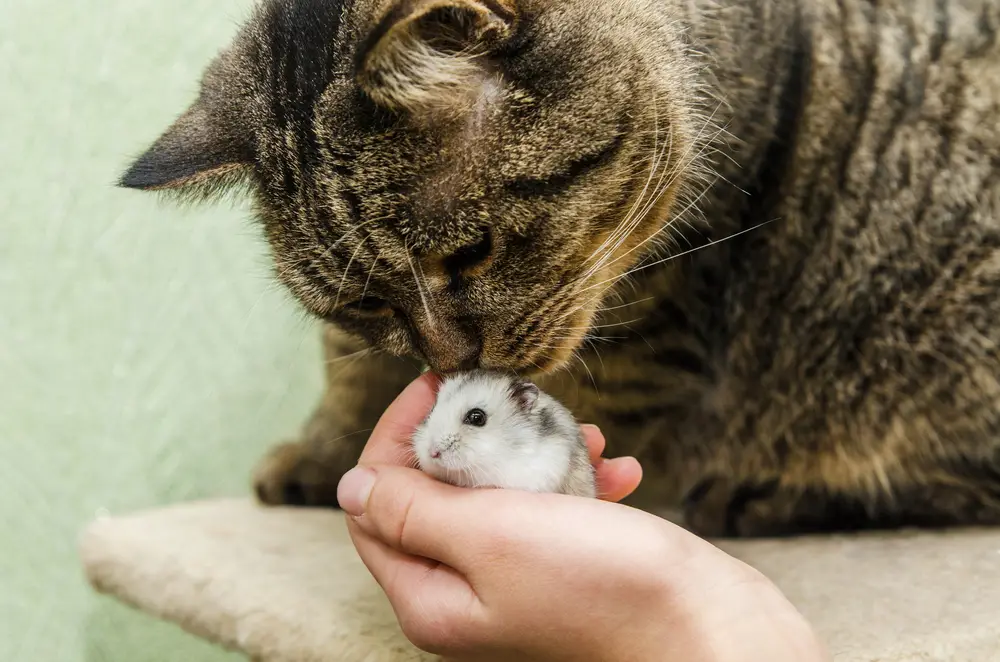
When your pet nibbles gently on your fingers, they’re often trying to communicate or explore. This behavior can indicate affection or curiosity. Just as humans might use touch to connect, your furry friend uses their mouth to understand their world better. It’s their gentle way of interacting with you, showing that they’re comfortable and trusting.
Veterinarian Dr. Sarah Wooten highlights that nibbling is a form of social interaction among guinea pigs and hamsters. It’s important to distinguish between a gentle nibble and a bite, as the latter can be a sign of fear or stress. If your pet regularly nibbles softly, it’s a good sign of their comfort level with you. However, if they start biting aggressively, it might be time to assess their environment for stressors.
4. They Explore By Sniffing

Hamsters and guinea pigs are naturally curious creatures, and their constant sniffing is a way of gathering information. Sniffing you or their cage shows they’re getting familiar with scents, which is crucial for their understanding of the environment. Each sniff is like flipping through pages of a book, revealing a story of what’s been there. It’s a part of their investigative nature that keeps them engaged and aware.
When they approach you and sniff, they’re also cataloging your scent, associating it with safety and companionship. If they’re particularly interested in sniffing you, it could mean they’re trying to learn more about you or something new you’ve brought into their shared space. This behavior reinforces your bond, helping them feel more secure in their habitat. Encouraging exploratory behavior can enrich their lives, keeping them mentally stimulated and happy.
5. They Give the Freeze Response
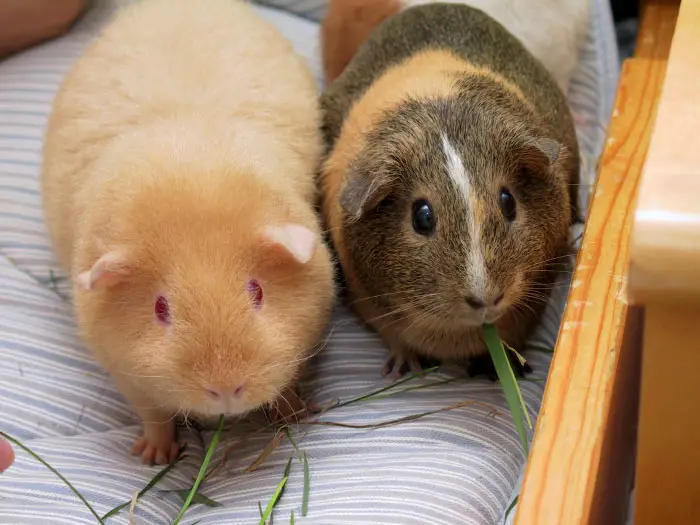
Sometimes, your guinea pig or hamster might suddenly freeze, staying perfectly still as if they’ve turned into a tiny statue. This is usually a response to a perceived threat or unfamiliar sound, a survival instinct to avoid detection by predators. In a domestic setting, it can also mean they’re processing new stimuli, deciding how to react. It’s their way of saying, “I’m unsure about this new situation.”
Animal behaviorist Dr. Anne McBride explains that the freeze response is deeply ingrained in prey animals such as guinea pigs and hamsters. Understanding this behavior can help you make their environment less startling and more comfortable. If your pet freezes often, consider what might be making them anxious and try to minimize abrupt changes or loud noises. Over time, they’ll learn to trust that their home is a safe space, and you’ll see this behavior less frequently.
6. They Madly Burrow and Nest

Both guinea pigs and hamsters have a strong instinct to burrow and create nests. This behavior is rooted in their need for security and a place to rest. When your pet starts digging into their bedding or rearranging materials, they are creating a haven. It’s like you plumping your pillows and adjusting your blankets for a good night’s sleep.
Providing plenty of bedding and nesting materials will not only satisfy their instinctual needs but also keep them entertained. Nesting is a sign of contentment and a way for them to exercise control over their environment. By observing how they interact with their bedding, you gain insights into their comfort level. Remember, a busy, burrowing pet is often a happy one.
7. They Start Biting the Cage Bars
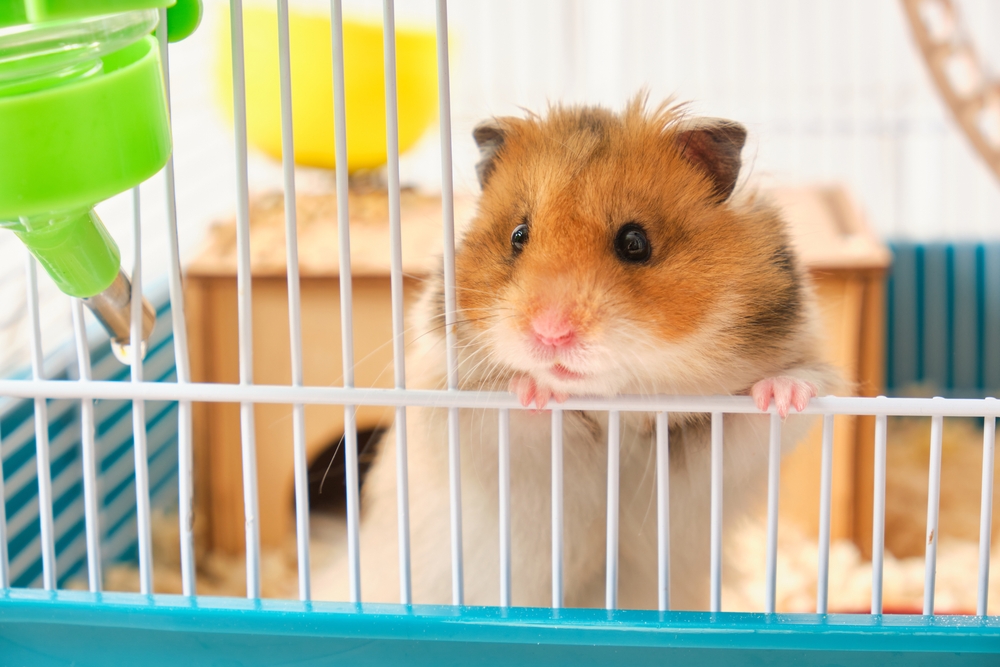
If your pet is biting the cage bars, they’re likely trying to communicate something important. Often, this behavior signals boredom, stress, or a need for more attention and stimulation. It’s their way of telling you that their environment might need a bit of spicing up. Think of it as the equivalent of a bored writer tapping their pen against a desk.
According to the Humane Society, constant bar biting can lead to dental issues, so addressing the root cause is crucial. Providing more toys, opportunities for interaction, and exercise can significantly reduce this behavior. Ensure their cage is spacious enough and that it is filled with engaging activities. By understanding the reasons behind cage biting, you can make simple changes to improve their quality of life.
8. They Attempt to Scale Their Cages
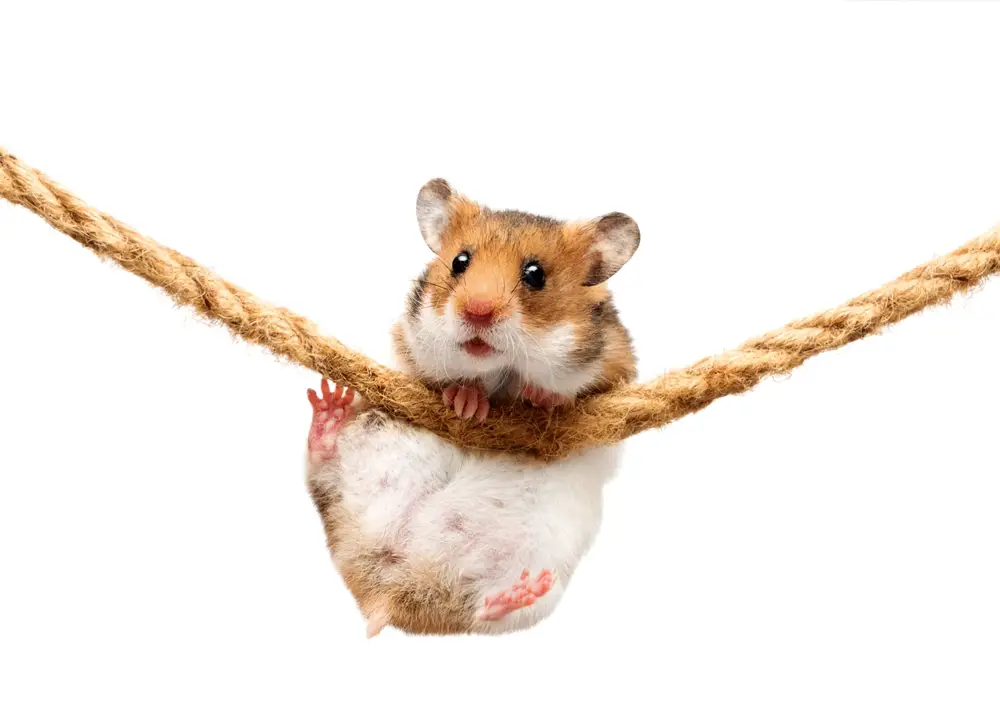
Hamsters, in particular, are known for their climbing antics, often scaling the walls of their cages or climbing any structures you provide. Their natural curiosity drives this behavior and the need for physical exercise. Climbing is an essential activity that keeps them fit and mentally stimulated. It’s like a mini-adventure, an exercise routine, and a break from the mundane, all rolled into one.
However, guinea pigs are not natural climbers due to their body structure, and providing them with flat surfaces is usually best. For hamsters, ensure any climbing structures are safe and won’t cause falls. Encouraging safe climbing allows your hamster to indulge their instincts while staying secure. It’s a simple way to enrich their environment and keep them happy.
9. They Groom and Lick Themselves
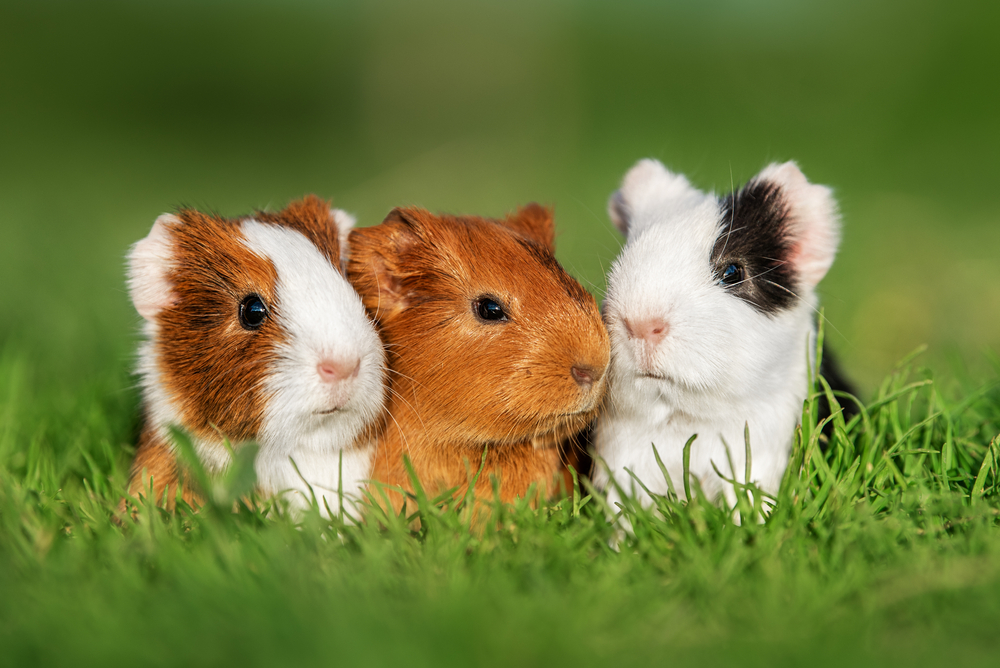
When guinea pigs or hamsters groom themselves or each other, it’s not just about cleanliness. Grooming is a social activity that strengthens bonds between animals. If your pet licks you, consider it a sign of affection and trust. They’re acknowledging you as part of their social circle, an honorary member of their tiny community.
Grooming is also a self-soothing activity that helps them relax and unwind. By observing their grooming habits, you can understand their stress levels and overall well-being. Frequent grooming sessions usually indicate a relaxed and happy pet. It’s a heartwarming reminder of the bond you share with your furry friend.
10. They Emit a Vibrating Purring Sound

Guinea pigs sometimes emit a vibrating or purring sound, which can be quite mystifying at first. This behavior can mean different things depending on context. Often, a low purr expresses contentment, especially when being gently petted. On the flip side, a higher-pitched purr can indicate annoyance or discomfort.
Understanding the nuances of this behavior requires careful observation. Pay attention to their body language and the situation when they purr to discern their mood. It’s their unique way of vocalizing feelings, much like how you might hum when content. By tuning into these subtle signals, you can better respond to their needs.
11. They Retreat Fast
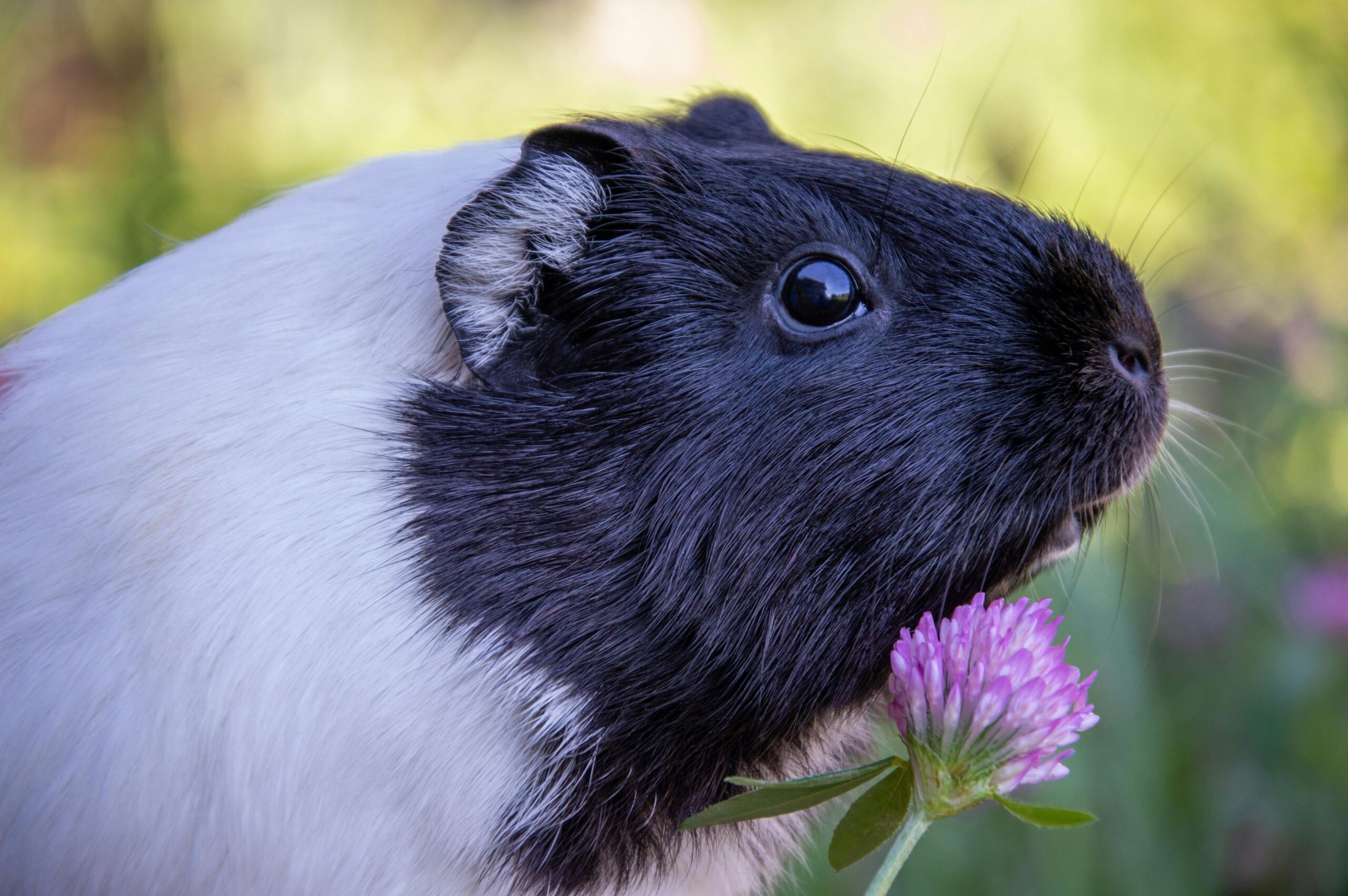
Both guinea pigs and hamsters have a natural tendency to hide when they feel threatened or anxious. This instinctual behavior is their way of seeking safety and comfort. Hiding spots are essential for their well-being, allowing them to retreat and feel secure. It’s akin to you retreating to your favorite quiet place after a long day.
Ensure their environment has plenty of hiding places to help them feel safe. Observing when and why they hide can provide insights into what might be causing them stress. Regular hiding isn’t necessarily a cause for concern unless it becomes excessive. Providing a secure habitat with ample hiding options can ease their anxiety and improve their overall comfort.
12. They Start Chewing on Everything
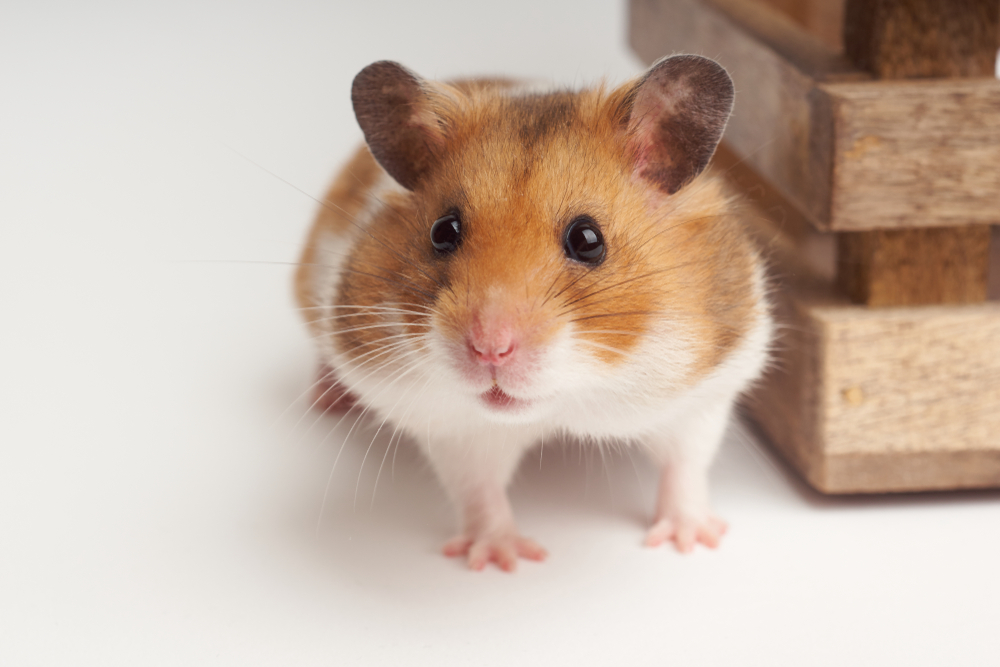
Chewing is a natural behavior for guinea pigs and hamsters, essential for their dental health. Their teeth continuously grow, and chewing helps keep them in check. Providing plenty of safe, chewable items is vital for their well-being. It’s their way of saying, “I need to work on my dental routine.”
Without appropriate chew toys, they may resort to gnawing on cage bars or other unsuitable objects. Safe materials like wood, hay, or special chew toys can prevent destructive chewing. It’s important to observe their chewing habits and ensure they have enough to gnaw on. This way, you’re supporting their health while keeping them entertained.
13. Their Teeth Start Chattering

Chomping or chattering teeth can be a sign of agitation or a warning. If your pet starts chattering at you, it’s usually a signal to give them some space. It’s a polite yet firm way of saying, “I’m not comfortable right now.” Respecting this boundary is crucial to maintaining a good relationship with your pet.
Noticing when and why they chatter can help you identify stressors in their environment. It’s crucial to approach them calmly and avoid sudden movements that might further startle them. By understanding and respecting these signals, you help create a peaceful and trusting environment. It’s about listening to their needs and responding with empathy and care.
